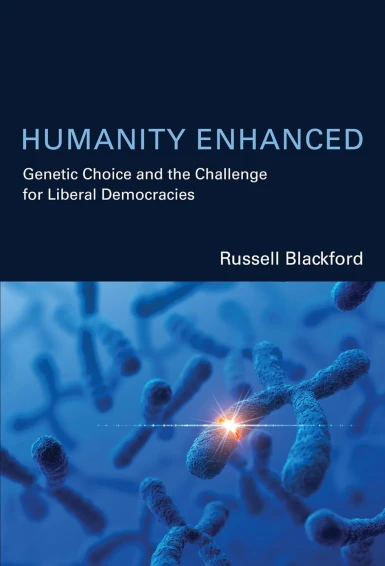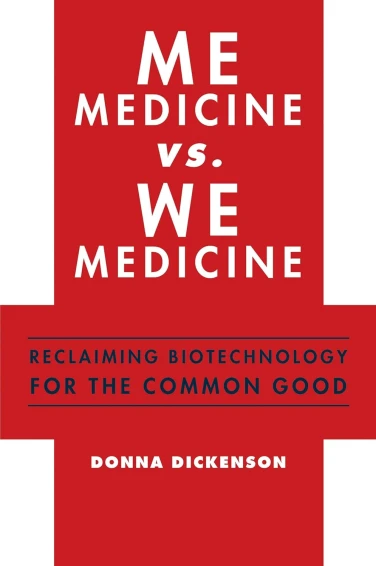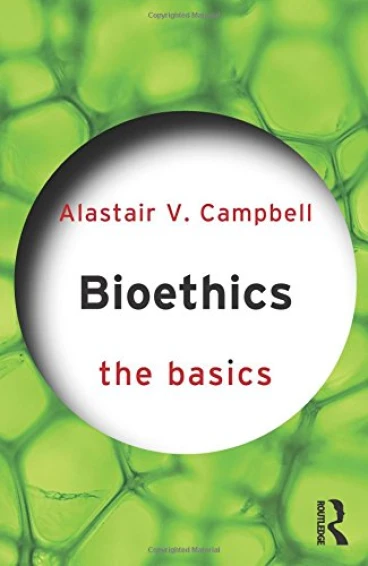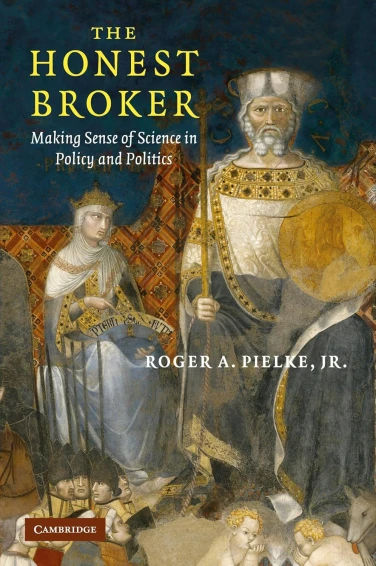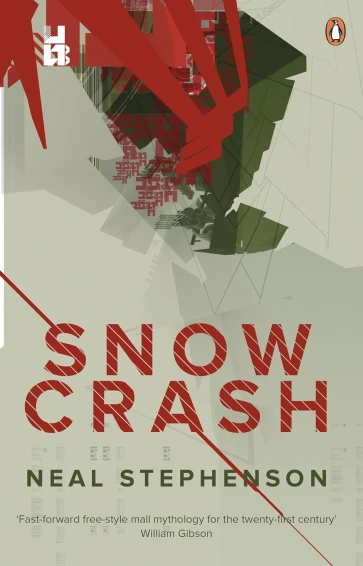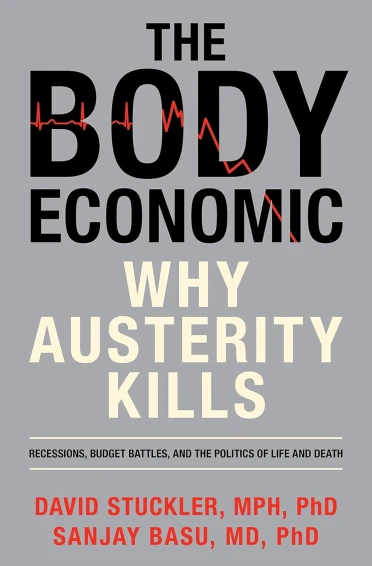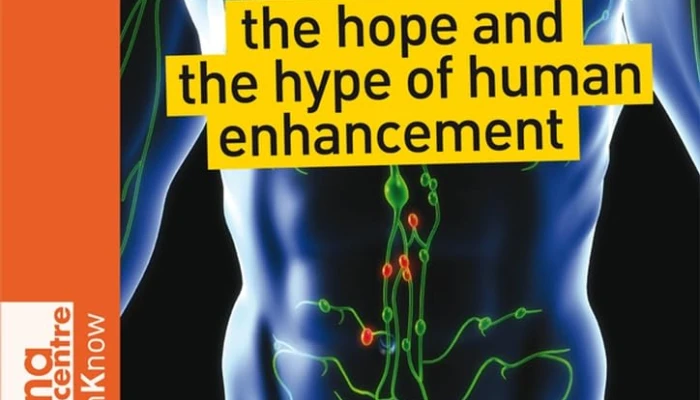
By Pete Moore
Publisher: John Wiley & Sons
ISBN: 978-0470724095
RRP: £12.99
Part of the London Science Museum’s Dana Centre Tech Know series of books, “Enhancing Me: The hope and the hype of enhancement” looks set to make a thoughtful and useful contribution to the enhancement debate. The aim of the Tech Know series is to bring the reader up to speed with the most thought provoking issues of the day and in doing so initiate further interest in the subject. On the basis of these criteria, “Enhancing Me” passes with flying colours.
The book is an extremely interesting and engaging read, helped most by the fact that it documents a journey of discovery by the author himself. Whilst no novice to science (Moore is a freelance science writer and a university tutor in science communication), he openly writes in the introduction that the focus of the book will be his journey of exploring enhancement and differentiating between the hope and the hype. This being the case, he skilfully assumes nothing on the part of the reader’s knowledge and understanding and yet at the same time does not insult their intelligence by being too simple. Background details such as scientific explanations are explained concisely and in a cogent manner causing the book to be a useful resource for both the expert and the novice alike. The use of simple but effective diagrams where necessary, compliments the lucid writing style.
Those readers who are familiar with the advances in enhancement technology will find the book brings together many insights, developments and thinking on the subject together in one book. This in turn makes the book an ideal starting point for anyone wishing to familiarise themselves with the enhancement debate for the first time. One aspect of the book which helps it to achieve so much is the use of real life examples. From Peter Houghton and his artificial heart to Fenella and her cochlear implant; from Todd Huffman who has a magnet inserted into his finger, to the story of Oscar Pistorius' blades, rather than just present theory and knowledge these examples help to contextualise the technologies and help to present as complete a picture as possible. Moreover, the fact that many of those interviewed are recognised and leading figures in the area of enhancement only adds to the credibility of the book. Dr. Nick Bostrom and Dr. Anders Sandberg of the Future of Humanity Institute, Oxford University feature as does Prof. Kevin Warwick, the world’s first cyborg and radical life extension expert Aubrey de Grey.
Enhanced individuals versus enhanced communities
It is the concluding section of the book which, in my view, provides the most interesting perspective of the book. Moore makes the distinction between enhanced individuals and enhanced communities. The author argues that if an enhanced individual is said to be anyone who has a built-in technology (such as a cochlear implant) then anyone who has received a medical treatment will also be said to have been enhanced. He proceeds to make the observation that he was surprised to learn that Peter Houghton, who has an artificial heart, did not consider himself an enhanced human. Houghton was prepared to be considered a cyborg, a machine-human combination but due to the fact that the machine is not good enough to restore full health, Peter was not prepared to regard himself as ‘enhanced’.
Moore concludes that if therapy is considered to be enhancement that the concept of an enhanced individual may well be true. If not, then there is still ground to cover before we reach a point where an enhanced individual truly exists. On the other hand, an enhanced community presents different questions. Surely true competition and the appeal of competing against one another are removed entirely if people are matched enhancement for enhancement? Moreover, if the issue of ageing is overcome or even if technology helps to extend the life of a human through an artificial heart, could the community be said to be enhanced by having that person live with them for longer? If we all decided to have magnets implanted into our fingers there would no doubt be changes to the environment in which we live, by virtue of wanting to take advantage of the new sensations we all had at our disposal. At this point Moore is quick to make comparisons to the advent of the mobile phone which has certainly transformed our lives and seen the demise of the public telephone box but could it be said to have enhanced our lives? He proceeds to discuss the issue of chip implants in all humans for identification purposes and the corresponding concerns and fears over connections with the mark of the Biblical beast. Either way, Moore posits a balanced and valid suggestion that in terms of public policy, the key problem which needs solving is how people who will end up owning different levels of technology will live side by side, at the same time as seeking to avoid creating a clique of people: the enhanced versus the unenhanced.
In conclusion, Moore believes that from his study whilst there are increasingly large numbers of therapies and techniques which help to transform people’s bodies which have been damaged, there is still nothing which helps to distinguish and mark out what could be termed an enhanced human possessing capabilities well beyond anything seen in humanity thus far.
Structure
The book’s structure consists of twelve chapters divided into five sections. Section one is entitled “Longer than life” and covers the question of whether or not ageing can be eradicated. This section includes an interview the author with Aubrey de Grey, the well known biomedical gerontologist and radical life extension exponent. A character who is often misunderstood the author presents a very helpful account of de Grey’s thinking on ageing and helps to clarify some of the more spurious accusations that have been made against de Grey. The fact that approximately a hundred thousand people die a day of ageing and die in a particularly horrible way is something that motivates de Grey and his research. Despite the fact that de Grey’s work may present questions which still need answering, his endeavour to remove suffering and pain from the ageing process must surely be something that is commended?
‘Brighter than life’ forms the second section of the book where the focus turns to the use of drugs in altering brain activity. Some particularly insightful as well as alarming case studies of drug use being tested with students, the US military and in other situations are presented which allow for both sides of the coin of the cognitive enhancement debate to be put forward. This is helped by the fact that Moore tackles these questions from a non-alarmist perspective so whilst allowing the points of concern to be shared, potential benefits can be appreciated at the same time without too much bias. Throughout the book, Moore submits his own ideas and perspectives on the facts as he views them but not in a way which prohibits the reader from forming their own views.
Section three is entitled ‘Better than life’ and addresses the question of modifying the body to give it new functions. Alongside an interview with the world’s first cyborg, Professor Kevin Warwick and documenting his path of enhancing himself with electrode implants, the story of Todd Huffman is also covered. Huffman has had a magnet implanted into his finger which consequently allows him to feel when his laptop transformer is on. To simply make reference to this in the book could cause the reader to simply scoff at such a ridiculous endeavour and dismiss it as hype. However, this is where one of the great strengths of the book is demonstrated. By finding out the motivation and thinking behind Huffman’s decision Moore allows the reader to understand Huffman’s interest in developing a new sense of reality and exploring how, having altered his sensory input, it changes and shapes his thinking on the world around him. Whilst I may remain doubtful as to whether we will all want magnets in our fingers in the future, the particular example of Huffman’s stimulates and provokes thought on how our bodies work, how we engage with the world and where the enhancement issue can begin to change those rules of engagement.
The final section, ‘Faster than life’ looks at the topic of restoring function. Moore engages with people and situations where technology has been used to address specific difficulties, allowing them to have a renewed ability to compete in life and sport. But alongside this, lies the question of whether the differentiation comes between technologies which restore function, those which transform average abilities into exceptional ability and those which stretch the capabilities of the human body well beyond its usual confines. These issues perhaps more sharply define the question and will determine the future of enhancement as well as what may characterise an enhanced future.
Overall, “Enhancing Me” is a very stimulating and provoking read. It helps to contribute to the ongoing enhancement debate by not only bringing together much of the thinking and developments to date in one book but also by doing it in a way which makes it accessible for as wide a readership as possible. One thing is for certain, as science and technology progresses the questions surrounding enhancement – including what it is and what it is not - are far from diminishing and in order for them to be addressed all of society needs to be engaged with the conversation. This book may well prove to be an excellent resource in this regard.
Taking it further....
If you are interested in the enhancement debate, why not read the BioCentre review of Professor John Harris' book Enhancing Evolution: The ethical case for making better people.




